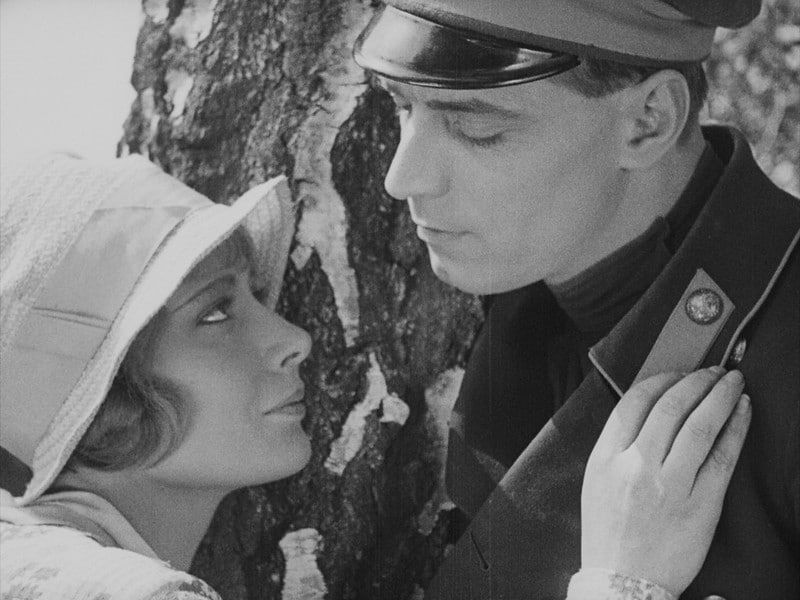




Dir.: G.W. Pabst; Cast: Edith Jéhanne, Udo Henning, Fritz Rasp, Brigitte Helm, Adolph Edgar Licho, Eugen Jensen; Germany 1927, 100 min.
Austrian director G.W. Pabst (1885-1967) was the leading proponent of interwar German cinema, along with his countrymen Lang and Murnau. But Pabst did not settle abroad, returning to Germany in 1939 where he became a pawn in Dr Goebbels’ empire. The move discredited his oeuvre, even though he tried to make amends after the war.
The Love of Jeanne Ney is based on the novel by Ilya Ehrenburg (1891-1967), a Soviet journalist and author who spent time in Paris before leaving for the USSR. Written by Vadislav Vadja and Rudolf Leonhardt, Pabst’ UFA feature is a lighter version of Ehrenburg’s tonally rather grim novel; Pabst having been told by the UFA to make a feature in the ‘American style’. He certainly obliged.
In the Crimea, the Civil War is about to be decided in favour of the Red Army. We watch the libertine Khalibiev (Rasp) getting drunk while the White Russians stage a debauched party. Pabst having encouraged his cast of real soldiers from the White Army, to imbibe freely for the endeavour.
The film centres on Jeanne Ney (Jéhanne), daughter of French diplomat Andre Ney (Jensen) and in love with Red Army soldier Andreas Labov (Hennig), a spy for the Bolsheviks. In the novel, he shoots Jeanne’s father – she forgives him immediately – but in the film, the murderer is a friend of Andreas’. Jeanne then flees to Paris where she works for her uncle Raymond (Licho) in his shady detective agency. When the two lovers meet Andreas is in the midst of organising a strike on behalf of the communists. But Khalibiev is also in Paris, and has his eye on Jeanne while making do with Gabrielle (Helm). But he is persistent in pursuing Jeanne, one scene sees him caressing Gabrielle, while at the same time trying forcefully to kiss Jeanne. He steals a valuable diamond, making Andreas look like the thief. Jeanne lets him have his evil way in the novel, but in Pabst’s feature she resists and we get a happy-ending in a train scuppering the torrid ending of Ehrenburg’s novel.
DoPs Frit Arno Wagner and Robert Lach work with natural light, the camera roving around freely and catching the protagonists in perpetual motion, along with an editing style that described “their very order re-enforcing the realistic illusion”. Film critic Iris Barry remarked: “In the scene where Khalibiev sells the list of Bolshevik agents to Jeanne’s father, it lasts about three minute, though one is scarcely aware of a single shot, there are forty in this short scene – needless to say, the director cut and edited the film himself.”
As Kracauer put it: “Pabst permanently discredits his daring attitude as in Joyless Street. The imaginative way he satisfies UFA’s craving for melodrama, confirms the strength of his own tendencies in this direction”. In the final three films that Kracauer called the “Stabilised Period”, Pabst retreated from reality and the social scene to indulge in “the secrets of the soul”. But he would return to the social whirly again with West Front 1918, Comradeship and The 3 Penny Opera, three of the most important features of the period before Hitler came to power in 1933. This makes the director’s later alignment with the Third Reich even more surprising. AS
NOW ON BLURAY COURTESY OF MASTERS OF CINEMA | DECEMBER 2021